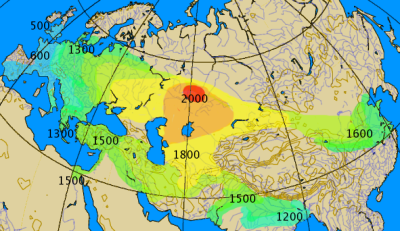bicicleur 2
Regular Member
- Messages
- 6,372
- Reaction score
- 1,405
- Points
- 113
Aberdeen and LeBrok are absolutely correct. This practice of subsequent groups re-using sacred sites is quite common. One of my favorite sites in Rome is the Basilica of St. Clement. It's always part of any walking tour that I recommend. The top level is a Basilica built in 1100 A.D. Below that is a 4th century Basilica that was converted out of the home of a Roman noble. Below even that is a temple to Mithras.
http://www.basilicasanclemente.com/index.php/tour/video
In the near east, archaeologists spend their whole lives excavating tells, digging tunnels down through civilization after civilization, and often, the sacred sites are always in the same place, even though the gods change.
Sometimes the people are newcomers, sometimes not, but they build their sacred precincts in the same location.
there are more recent examples, after the fall of byzantium, the Aya Sofia was converted into a mosque, while in Andalucia, after the Reconquista, mosques were converted into churches
in these examples, the wholy places were converted to make it clear to everyone who were the new rulers



